Bronze.
Second third of the 19th century.
h. 9,25 in.
This bronze Écorché is most likely a late casting, probably from the second third of the 19th century, of a work shrouded in mystery, which has been variously attributed to Michelangelo, Marco d'Agrate, Vincenzo Danti, Pierre Puget, and even the Irish sculptor John Hogan.
The contortion of this male figure, although anatomically realistic, is almost that of a romantic bronze, or at least modern enough to have haunted the minds of Van Gogh, Cézanne, and Matisse : it appears in at least one painting by Van Gogh, who owned a plaster cast of it, and two by Cézanne. Matisse depicted it his Intérieur aux Aubergines from 1911, but also in a series of bronzes titled The Écorché, after Puget.
This attribution to Puget dates back at least to Matisse’s time and has been repeated since. This attribution seems to have no real foundation. No Écorché not mentioned in any of Pierre Puget's catalogues raisonnés, not even in the monumental monograph by Klaus Herding, revised by Geneviève Bresc-Bautier. Moreover, Herding not only fails to mention this Écorché in the authenticated works of Puget, but he doesn’t even bother to cite it in the section dedicated to disputed or rejected attributions, as if this question never arose to him. No document or source links this figure to Pierre Puget or his followers.
The most substantiated attribution for the original from which this Écorché is derived, relates to Michelangelo. It is based on several facts : an etching by Dürer dated ca. 1516, where a similar composition appears from various angles, with the subject seemingly being a German interpretation of a bozzetto by Michelangelo. Additional evidence includes a study, now at the British Museum and long attributed to Michelangelo, showing the left arm of the Écorché ; this study itself is linked to one of the ignudi painted by Michelangelo in the Sistine Chapel, whose pose is very similar to that of the present Écorché. This suggests that, if the bozzetto was not of Michelangelo himself, it was at least derived from his design.
It is also mentioned in a 1764 sale of sculptures from the Stosch collection in London : ‘Mich. Angelo's celebrated Anatomical Figure on a green Jasper Plinth, this is the Original from which all the casts in wax were taken. From the collection of Baron Stosch.’ Malcolm Baker, curator at the Victoria & Albert Museum, seems to suggest that the wax sculpture in the museum’s collection could be the wax cast from the Stosch collection, dating, at the very least, this Écorché back to the 16th century.
There are some restorations, as well as two casting accidents beneath one thigh and one arm.
Sources
Erica Tietze-Conrat, ‘A Lost Michelangelo Reconstructed’, in The Burlington Magazine, LXVIII, april 1936 ; Charles de Tolnay, ‘L’Omaggio a Michelangelo di Albrecht Dürer’, Accademia Nazionale dei Lincei, CCCLXIX, N° 163, 1972 ; Lawrence Price Amerson, The Problem of the Écorché : A Catalogue Raisonné of Models and Statuettes from the Sixteenth Century and Later Periods, State College, 1975 ; Marie-Christine Gloton, Klaus Herding and al., Pierre Puget. Peintre, sculpteur, architecte. 1620-1694, Marseille, 1994 ; Klaus Herding, Pierre Puget (1620-1694), Dijon, 2023.












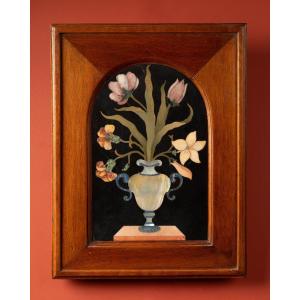







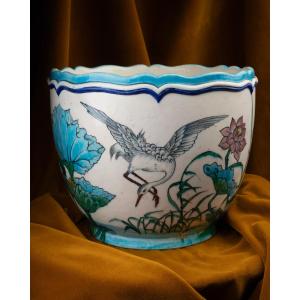
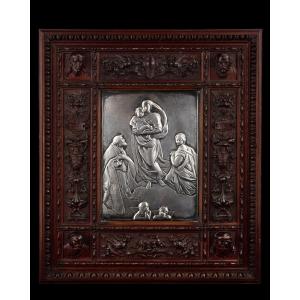

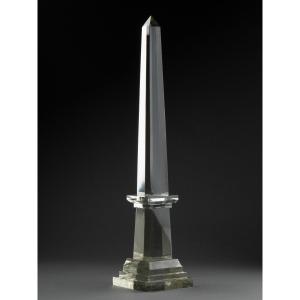



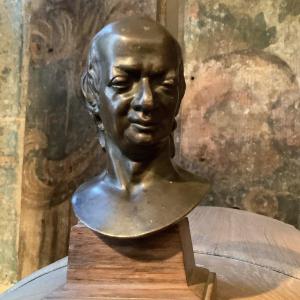
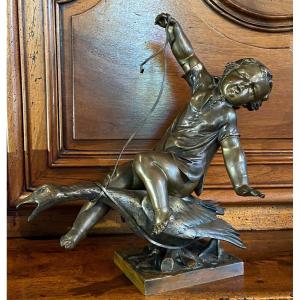

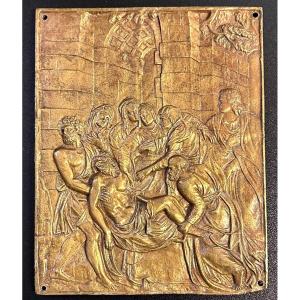



 Le Magazine de PROANTIC
Le Magazine de PROANTIC TRÉSORS Magazine
TRÉSORS Magazine Rivista Artiquariato
Rivista Artiquariato